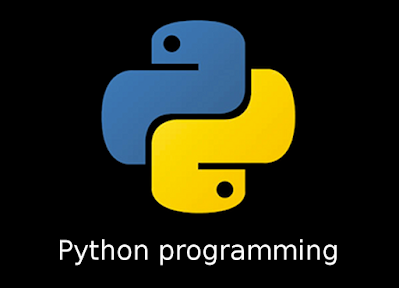In this tutorial, I will show you how to use Python and how to take advantage of its unique and powerful features. I will start by giving you an overview of Python, so that you can get started right away. This tutorial is designed for the programmer who wants to leverage their existing knowledge to start using Python quickly and with as little detail as necessary.In my coming posts we will get right into the details of the language, its syntax and structure, exception handling, functions, classes and Python's powerful object model.
Prerequisites for Python
There are a few things you're going to need, In order to get the most out of this tutorial. First of all, you need a basic understanding of programming. This means that you need experience writing working code in a modern programming language, for example, C#, PHP, Java, JavaScript, C++, or any modern programming language, and you need some understanding of object-oriented programming. Hey guys don't worry. You don't necessarily need to be an expert, but you need to at least have an understanding of what it is, and why it is.Read More: Configure and Install Python with PyCharm
You need a plain text text editor and there are lots of them available on every platform. For the purposes of this tutorial, we're going to be using an integrated development environment called Eclipse. You do not need to use Eclipse, use whatever text editor you are comfortable with. And finally, you'll need a system with Python 3 installed, and I strongly recommend. Python 3 is a significant upgrade from Python 2. Code written in Python 2 will not necessarily work in Python 3, and vice verse. It's essentially the same language, but there are some significant differences.
Tools for Developing in Python
You will need to have a text editor. A text editor is not a word processor. When you edit text using a word processor, the word processor adds other information to the file, information about formatting, layout, fonts, things like these. These things will make the program not work. You cannot edit program code in a word processor.
You need a plain text text editor and there are lots of them available on every platform. For the purposes of this tutorial, we're going to be using an integrated development environment called Eclipse. You do not need to use Eclipse, use whatever text editor you are comfortable with. And finally, you'll need a system with Python 3 installed, and I strongly recommend. Python 3 is a significant upgrade from Python 2. Code written in Python 2 will not necessarily work in Python 3, and vice verse. It's essentially the same language, but there are some significant differences.





2 Comments
great tutorial love you sir
ReplyDeleteA Plain Text Editor
ReplyDeletePlain Text files
That's right, if you're writer on a budget, you don't need to spend any money buying expensive writing software or apps. Instead, you can use the text editor that comes free with your operating system.
Just open up Notepad on Windows or TextEdit on a Mac. I like plain text editors for writing something short quickly and easily, without thinking much about it. I wrote a blog post about the benefits of using plain text editors as writing software.
Use for: writing whatever, wherever